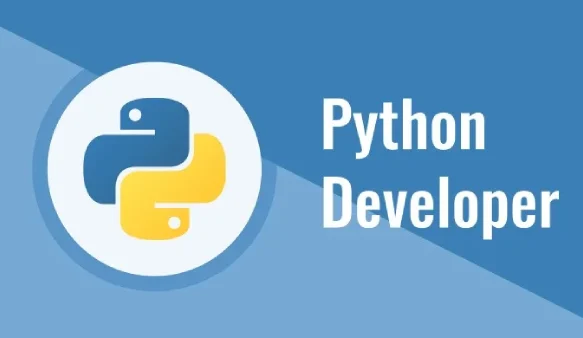
Introduction
Python has emerged as a dominant language in the realm of full stack development, thanks to its simplicity, versatility, and robust community support. This article explores the pivotal role of Python in modern full stack development, examining its advantages, popular frameworks, and real-world applications.
Why Python for Full Stack Development?
Python’s popularity in full stack development can be attributed to several key factors:
- Ease of Learning and Use: Python’s straightforward syntax and readability make it accessible to beginners and experienced developers alike. Its concise code reduces development time and enhances productivity.
- Versatility: Python is a versatile language that supports multiple programming paradigms, including procedural, object-oriented, and functional programming. This flexibility makes it suitable for various aspects of full stack development.
- Extensive Libraries and Frameworks: Python boasts a rich ecosystem of libraries and frameworks that simplify web development. These tools streamline tasks such as database management, server-side logic, and frontend integration.
- Strong Community Support: Python has a large and active community of developers who contribute to its continuous improvement. This community support ensures regular updates, bug fixes, and a wealth of resources for learning and problem-solving.
Key Python Frameworks for Full Stack Development
Several Python frameworks have gained prominence for their ability to facilitate full stack development. Here are some of the most popular ones:
- Django
– Overview: Django is a high-level web framework that encourages rapid development and clean, pragmatic design. It includes an ORM (Object-Relational Mapping), authentication, and an admin interface out of the box.
– Features: Built-in admin panel, automatic database generation, form handling, and robust security features.
– Use Cases: Ideal for building scalable and secure web applications, including e-commerce sites, social media platforms, and content management systems.
- Flask
– Overview: Flask is a lightweight and micro web framework that provides the essentials for web development. It is highly extensible and allows developers to choose the components they need.
– Features: Minimalistic core, flexible routing, support for extensions, and a simple templating engine.
– Use Cases: Best suited for small to medium-sized applications, RESTful APIs, and projects where customization is crucial.
- FastAPI
– Overview: FastAPI is a modern, fast (high-performance), web framework for building APIs with Python 3.7+ based on standard Python type hints.
– Features: High performance, automatic interactive API documentation, and strong typing support.
– Use Cases: Excellent for creating fast and efficient APIs, especially for data-driven applications and machine learning projects.
Frontend Integration with Python
In full stack development, integrating the frontend with the backend is crucial. Python’s versatility extends to frontend development through various tools and technologies:
- Template Engines
– Jinja2: A powerful templating engine for Python that allows developers to generate HTML dynamically. It is often used with Flask and Django for rendering templates on the server side.
- Frontend Frameworks and Libraries
– JavaScript Libraries: Python backend frameworks like Django and Flask can be seamlessly integrated with popular JavaScript libraries and frameworks such as React, Angular, and Vue.js. This combination leverages Python’s backend strength with JavaScript’s dynamic frontend capabilities.
- Single Page Applications (SPAs)
– Python backends can serve as APIs for SPAs, providing data to the frontend built with JavaScript frameworks. Tools like FastAPI are particularly effective for creating performant APIs that power SPAs.
Real-World Applications of Python Full Stack Development
Python’s role in full stack development is evident in numerous real-world applications across various industries:
- E-Commerce Platforms
– Example: Django is widely used for building robust e-commerce platforms like Oscar and Saleor. These platforms benefit from Django’s security features, ORM, and admin interface.
- Social Media and Networking Sites
– Example: Instagram, a leading social media platform, leverages Django for its backend. Django’s scalability and ability to handle large volumes of data make it an ideal choice.
- Content Management Systems (CMS)
– Example: Django CMS is a popular content management system built with Django, providing a user-friendly interface and powerful customization options for managing web content.
- Data-Driven Applications
– Example: FastAPI is used in data-driven applications such as data analytics platforms and machine learning projects due to its high performance and ability to handle concurrent requests efficiently.
Conclusion
Python’s role in modern full stack development is multifaceted, encompassing ease of use, versatility, and a robust ecosystem of frameworks and libraries. Its ability to integrate seamlessly with frontend technologies and support for various application types makes it a go-to language for full stack developers. As the tech landscape continues to evolve, Python’s prominence in full stack development is expected to grow, driving innovation and efficiency in web development projects across the globe.








rybelsus.icu http://rybelsus.tech/# buy semaglutide online
Semaglutide pharmacy price